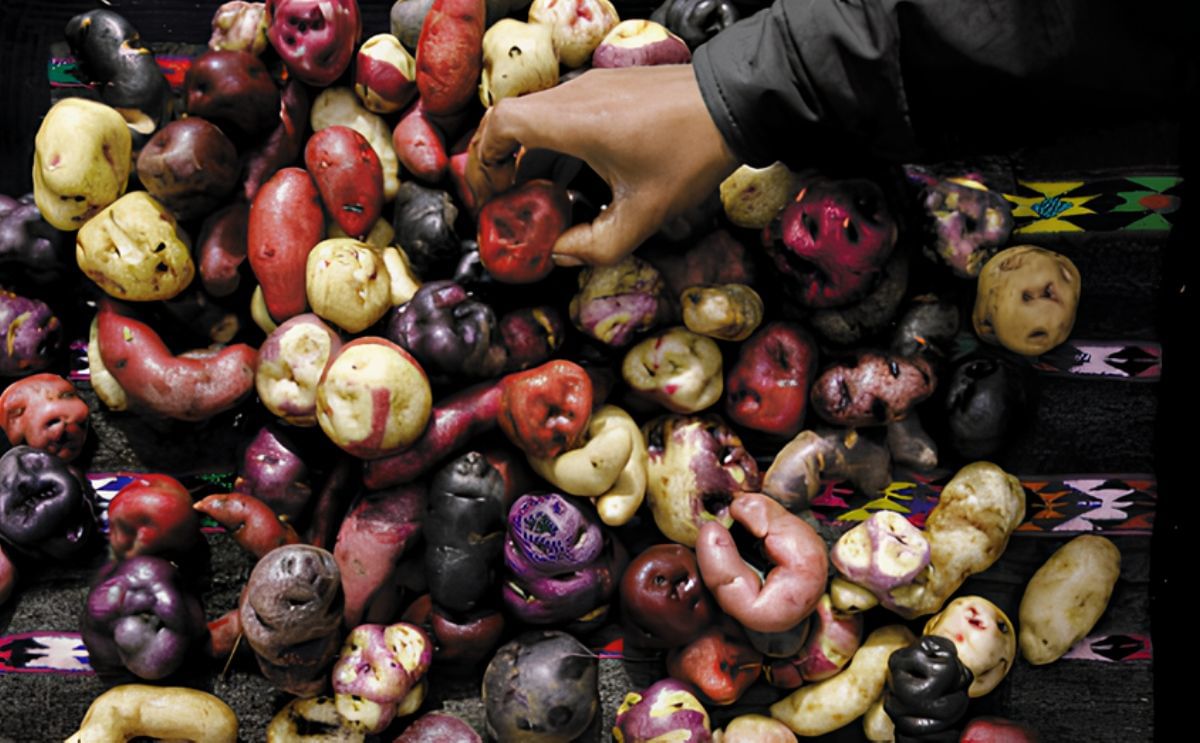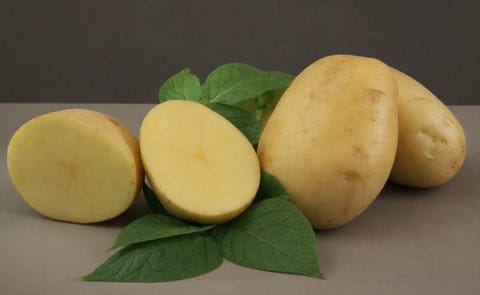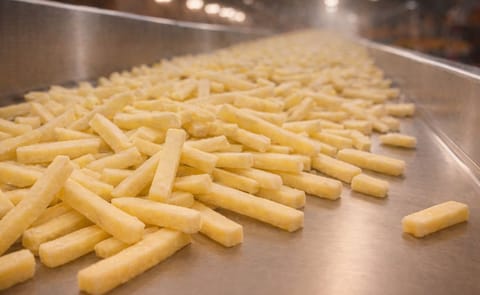The International Potato Center in Peru has preserved almost 5,000 native potato varieties.
How the potato changed the world

When potato plants bloom, they send up five-lobed flowers that spangle fields like fat purple stars. By some accounts, Marie Antoinette liked the blossoms so much that she put them in her hair.
Her husband, Louis XVI, put one in his buttonhole, inspiring a brief vogue in which the French aristocracy swanned around with potato plants on their clothes. The flowers were part of an attempt to persuade French farmers to plant and French diners to eat this strange new species.
Today the potato is the fifth most important crop worldwide, after wheat, corn, rice and sugar cane. But in the 18th century the tuber was a startling novelty, frightening to some, bewildering to others—part of a global ecological convulsion set off by Christopher Columbus.
The Smithonian Magazine contains an extensive exposé about the history of the potato.







